 History
History  History
History  Weird Stuff
Weird Stuff 10 Fascinating Things You Might Not Know About Spiders
 Food
Food 10 Everyday Foods You Didn’t Know Were Invented by the U.S. Military
 History
History 10 Odd Things Colonial Americans Kept at Home
 Weird Stuff
Weird Stuff 10 Superstitious Beliefs That Once Consumed Entire Cultures
 History
History 10 Bizarre Friendly Fire Incidents in Military History
 Technology
Technology 10 Modern Technologies That Accidentally Imitate Ancient Magic
 Mysteries
Mysteries 10 Mysteries of the Human Genome
 Weird Stuff
Weird Stuff 10 Things So Rare They’ve Only Been Found Once
 History
History 10 Legends Whose Last Moments Undid Their Glory
 History
History 10 Great Escapes That Ended Right Back in Captivity
 Weird Stuff
Weird Stuff 10 Fascinating Things You Might Not Know About Spiders
 Food
Food 10 Everyday Foods You Didn’t Know Were Invented by the U.S. Military
Who's Behind Listverse?

Jamie Frater
Head Editor
Jamie founded Listverse due to an insatiable desire to share fascinating, obscure, and bizarre facts. He has been a guest speaker on numerous national radio and television stations and is a five time published author.
More About Us History
History 10 Odd Things Colonial Americans Kept at Home
 Weird Stuff
Weird Stuff 10 Superstitious Beliefs That Once Consumed Entire Cultures
 History
History 10 Bizarre Friendly Fire Incidents in Military History
 Technology
Technology 10 Modern Technologies That Accidentally Imitate Ancient Magic
 Mysteries
Mysteries 10 Mysteries of the Human Genome
 Weird Stuff
Weird Stuff 10 Things So Rare They’ve Only Been Found Once
 History
History 10 Legends Whose Last Moments Undid Their Glory
Animals
Random List
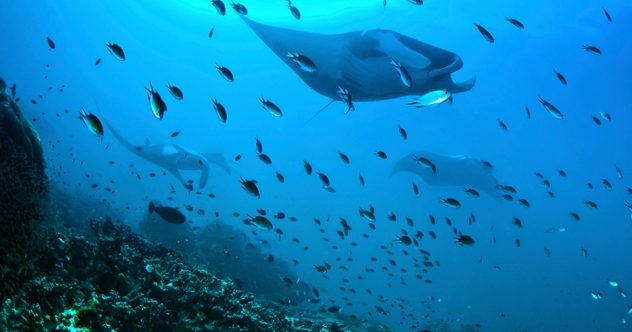 Animals
Animals Ten Bizarre Creatures from Beneath the Waves
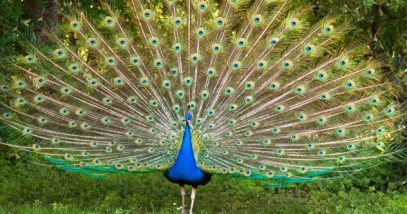 Animals
Animals Ten Mind-Boggling Discoveries About Birds
 Animals
Animals Ten Bizarre New Facts About Animals
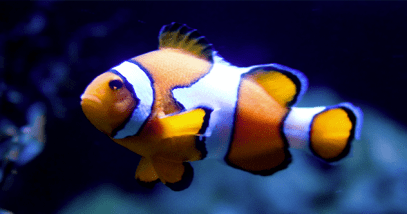 Animals
Animals 10 Incredible Animals That Can Switch Their Sex
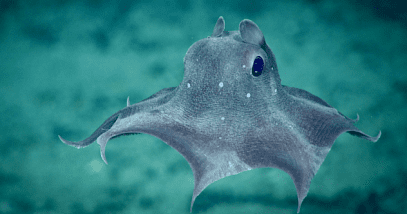 Animals
Animals The 10 Weirdest Octopuses In The Ocean
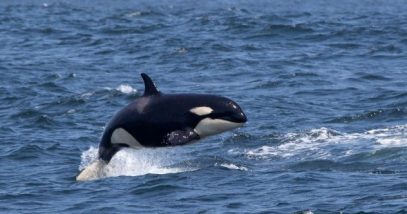 Animals
Animals 10 Orca Quirks That Will Make You Forget the Boat Attacks
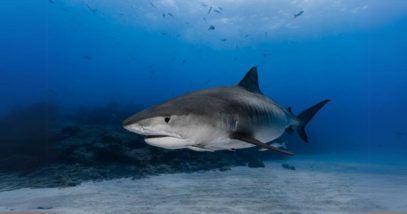 Animals
Animals 10 Wild Facts You Might Not Know About Sharks
 Animals
Animals 10 Times Desperate Animals Asked People for Help… and Got It
 Animals
Animals 10 Inspiring Tales of Horses Being Human
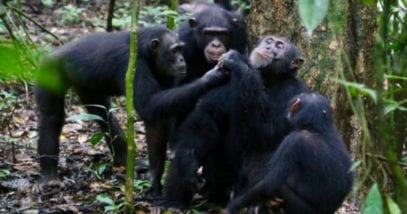 Animals
Animals 10 Secret Abilities of Well-Known Animals
 Animals
Animals 10 Times the Christian Church Took on the Animal Kingdom
Editor’s Picks
 Movies and TV
Movies and TV 10 Psychiatric Diagnoses Of Horror Villains And Their Victims
 Movies and TV
Movies and TV 10 Greatest Movie MacGuffins Of All Time
 Movies and TV
Movies and TV 10 Iconic Movie And TV Restaurants That Are Actually Real
 Movies and TV
Movies and TV